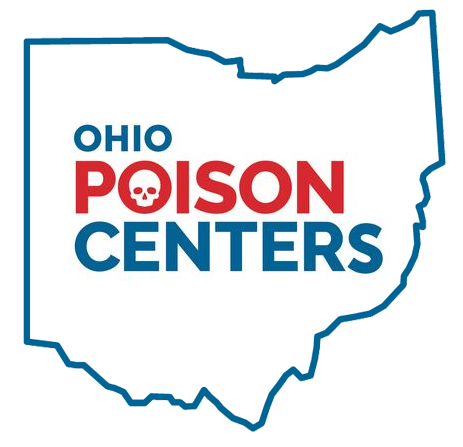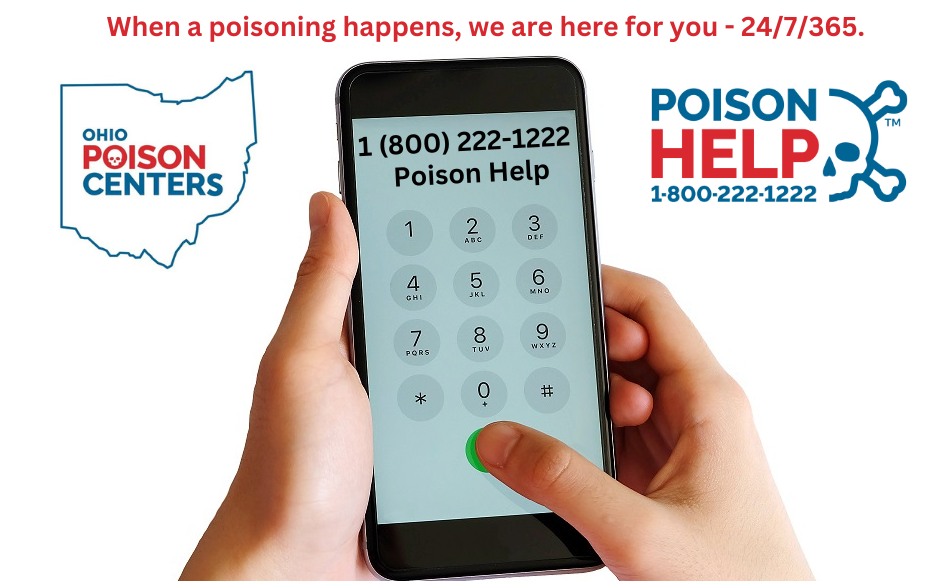According to the National Institute of Mental Health, Substance Use Disorder (SUD) is a treatable mental disorder that affects a person’s brain and behavior, leading to their inability to control their use of substances like legal or illegal drugs, alcohol, or medications.
Drugs of abuse include illegal drugs such as cocaine or heroin, prescription medications, over-the-counter (OTC) medications or a combination of all of the above. Overdoses of these drugs have increased, leading to over 11 deaths per day in Ohio alone.
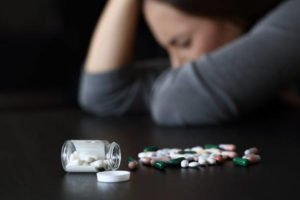
Prevention
Safe storage of prescription medications is one way to prevent medications from getting into the wrong hands. You can purchase a medication lockbox to store narcotic medications in a safe, reliable way. If you are no longer using a prescription medication or if the medicine has expired, you can safely dispose of the medication by dissolving the medication in warm water, adding it to coffee grounds or cat litter in a bag, and throwing the bag into the garbage. You can also check with your local retail pharmacy for drug disposal centers or drug disposal bags.
Please visit the DEA Collector Site Locator for more information on Drug Take Back Day.
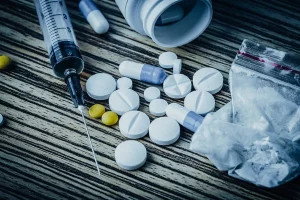
To keep yourself and others safe, it’s important to be aware of the symptoms of overdoses. Symptoms can include:
Symptoms of an Overdose
- Loss of consciousness
- Slow breathing (less than 1 breath every 5 seconds) or no breathing
- Seizure activity
- Pale and clammy skin
- Blue lips, fingernails, or toenails
- Slow, erratic, or no pulse
- Snoring or gurgling noises
- Small Pupils
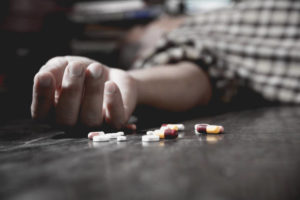
Risk Factors of an Overdose
- Taking more than one type of drug
- Many drugs have similar effects and when more than one drug is taken at the same time, an overdose may occur.
- Some medications of concern are opiates, benzodiazepines, sedatives, muscle relaxants, antipsychotics, and alcohol.
- Taking high dosage and / or long-acting medications
- The higher the dose of medication, the higher the risk of overdose.
- Long-acting medications may also increase the risk of overdose.
- Not knowing what drugs are being taken.
- Obtaining or purchasing drugs or medications illegally increases the risk of overdose.
- Illegal drugs may contain many different ingredients; it is not possible to know what is in a drug just by looking at it.
- There are various adulterants in the drug supply including powerful opioids like fentanyl.
- There are counterfeit tablets in the drug supply that are made to resemble legitimate prescription medication, but actually contain illegal substances.
- Tolerance variability
- Tolerance can and does develop after taking some drugs which may lead to someone taking higher doses of a drug and potentially an overdose; this may occur when someone does not take a drug for a period of time and then uses the drug again.
- Routes of administering the drug
- Routes that deliver the drug more quickly to the brain including intravenous use and smoking are at an increased risk for overdose.
- Using drugs alone
- Using drugs alone increases the chances of fatally overdosing because there is no one else there to help.
- Healthcare conditions
- People with certain health conditions or characteristics may be more sensitive to drugs which could lead to overdose including older adults, those with respiratory conditions, heart conditions, kidney or liver disease, mental health disorders, illnesses or weakened immune system.

If you think someone is experiencing an opioid overdose, follow these steps:
- Call 911 first!
- Shake the person’s shoulders and in a loud, clear voice call their name and ask if they are OK.
- If they do not respond, make a fist and firmly rub the center of their breastbone with your knuckles. This hurts and tests for unconsciousness in patients who do not respond to sound.
- Give naloxone according to the package instructions.
Any patient who uses an opioid, whether it is legal or illegal use, should have access to and know how to use naloxone. This agent is not reserved only for patients with substance abuse disorder. Unintentional overdose can happen at any time, to any person, and in any place. For information on how to use naloxone and how to obtain naloxone, please visit the CDC: Lifesaving Naloxone.
